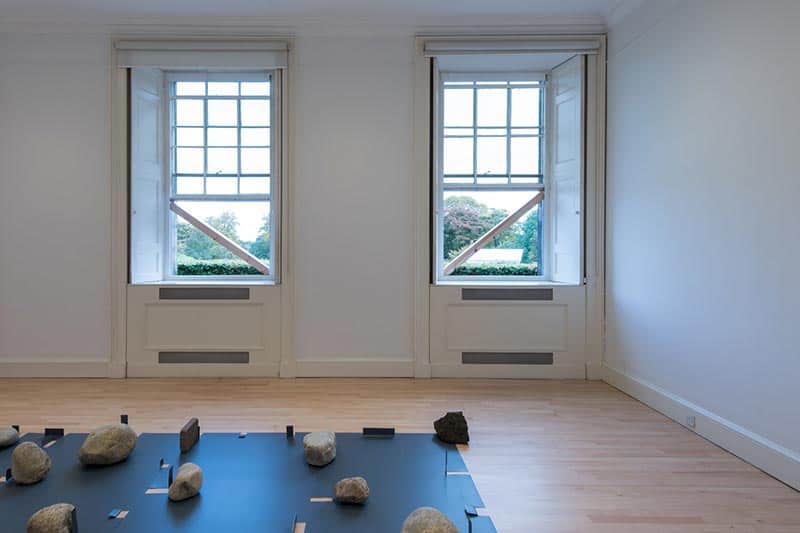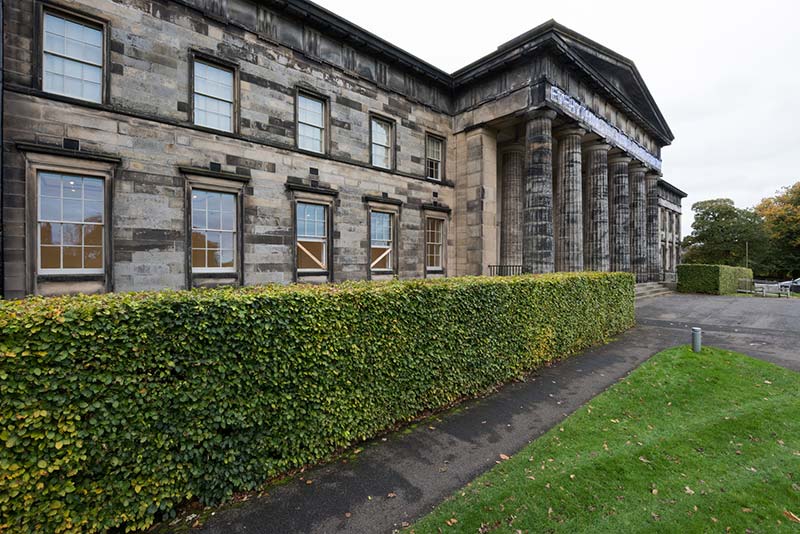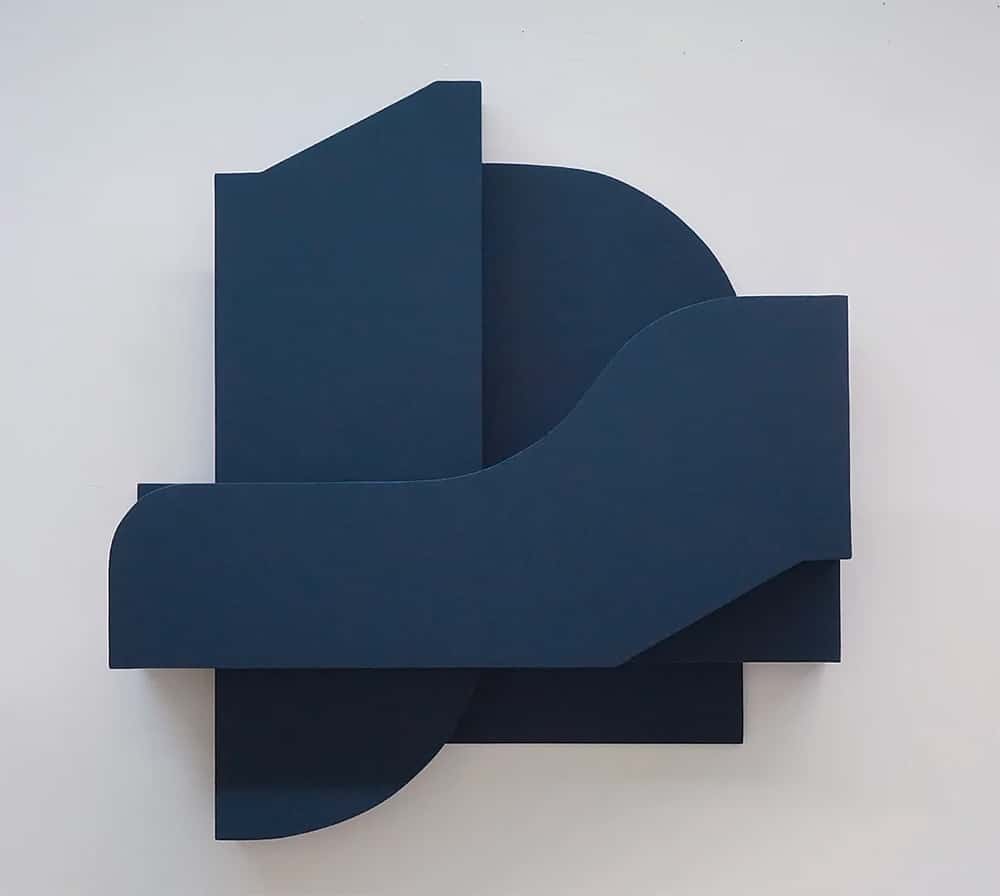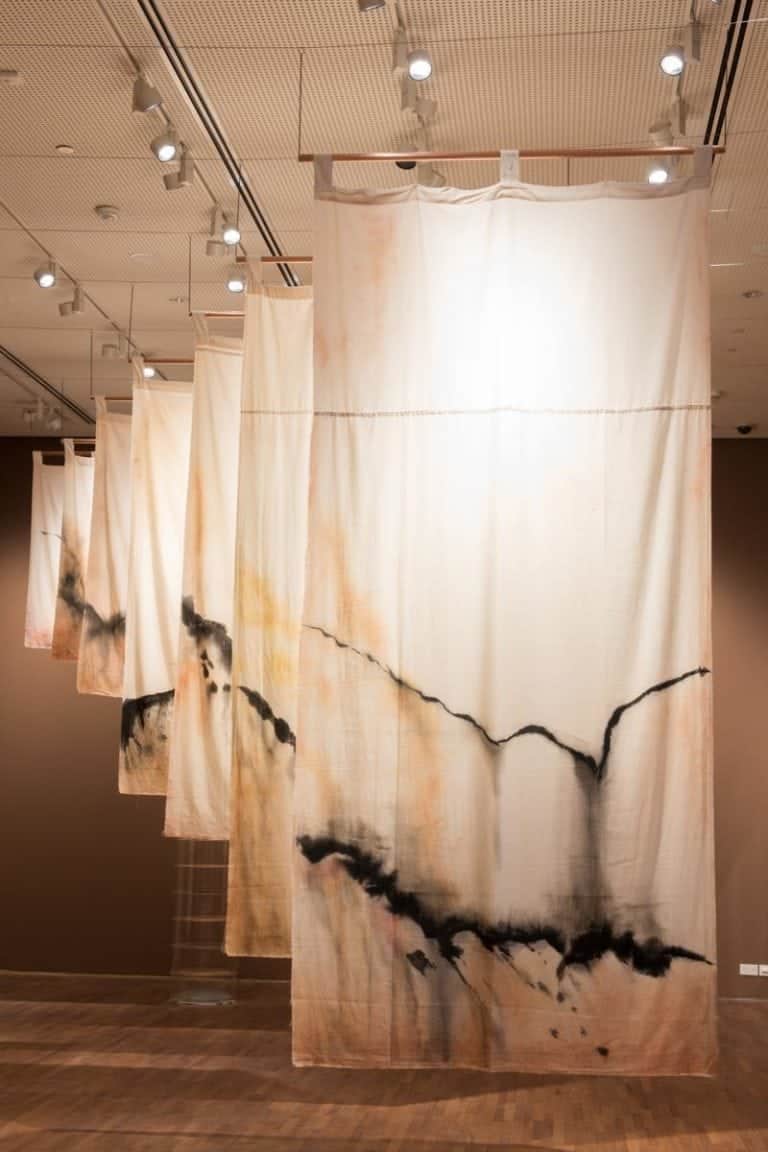
… is for Minimalism.
Minimalism is an artistic movement that focuses on the essence of an artwork by removing unnecessary forms or features. In rejection of the prevailing movement of the time, Abstract Expressionism, Minimalists preferred to highlight the physicality of material and geometric forms in their practices over symbolic or emotional meaning. As a result, minimalism became associated with ideas of purity, truth, and simplicity.
Artists who were associated most with Minimalism were primarily American artists working from the 1950s to 1970s, such as Frank Stella and Donald Judd.
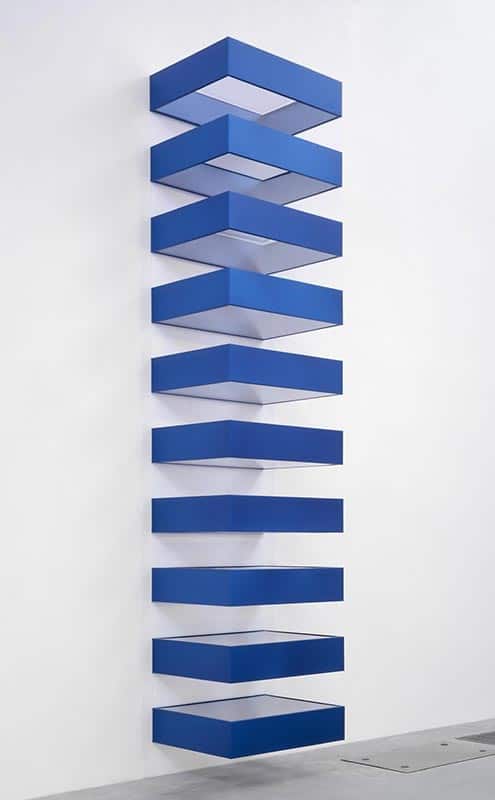
Viewers were forced to embrace literalism and come to terms with the work in front of them without any external influences or narratives. Frank Stella, one of the most famous Minimalist artists of all time, sums this up elegantly: “what you see is what you see.”
Qualities of Minimalism
Minimalist art usually comprises painting, sculpture and installation. These paintings tend to have flat, plain or monochrome appearances, sometimes featuring geometric shapes as a nod to abstraction.
Minimalist artists rejected traditions of ‘painterliness’, which meant that there were barely any voluminous or gestural brushstrokes. Bearing patterns of black rectilinear stripes of uniform width, Frank Stella’s monochromatic ‘Black Series I’ is a stellar example of this.
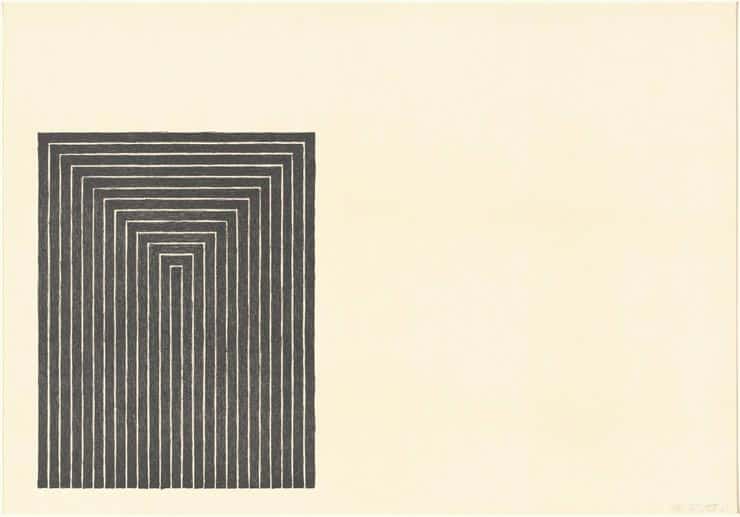
Minimalist sculptures are usually modular – meaning that they are composed of smaller forms – in contrast to traditional sculpture, where a larger block of material is reduced to what the artist envisions. Robert Morris’s Untitled embodies these qualities as it consists of four mirrored cubes that aim to draw spectators’ attention to the objects as well as their reflections of the surroundings. Other installations also made use of fluorescent lights, which paralleled the development of the Light and Space movement of the 1960s and 1970s.
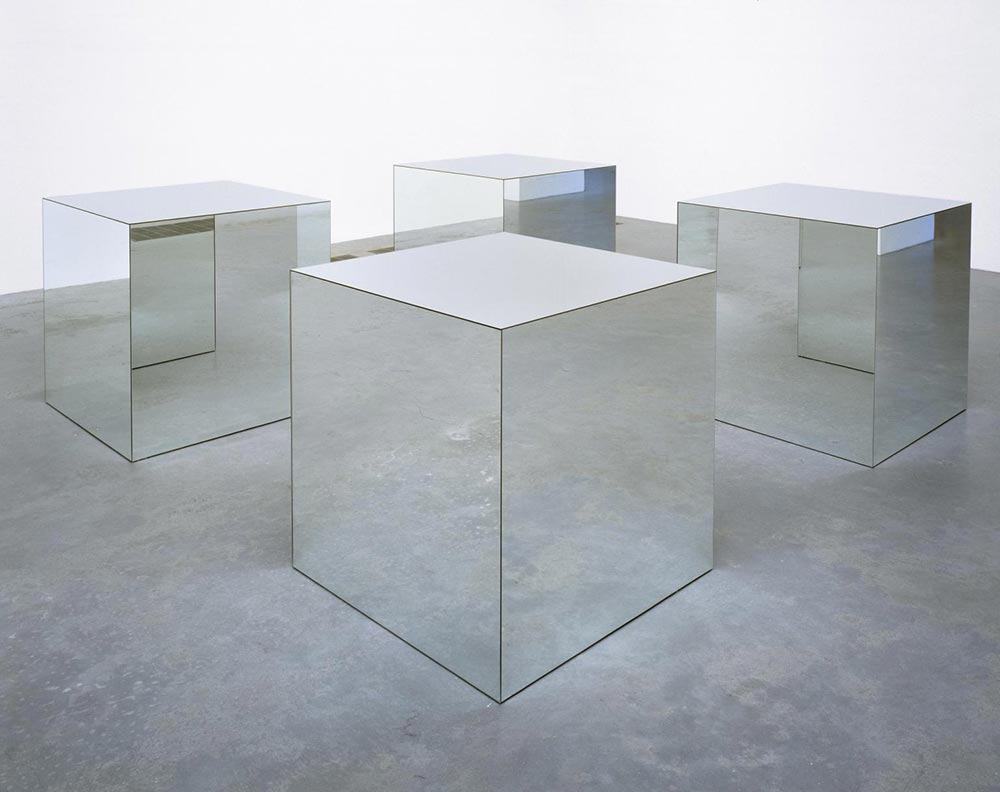
Minimalism in East and Southeast Asia
Contrary to popular belief, America was not the sole birthplace of the genre. Many qualities present in American minimalist works, such as the repetition of geometric forms and a focus on simplicity and awareness, have their origins in Zen Buddhist practices. These practices came from India and were later formalised in China, before cementing themselves in Japan by the 13th century.
Across the decades, different countries in Asia developed their own versions of Minimalism — primarily as reactions to what was happening in their own societies. Japan’s Mono-ha movement is a prime example of this. It emerged in the mid-1960s when Japanese artists wanted to resist the American influences of avant-garde art and traditions of representational art.
Mono-ha artists focused on the interdependency of natural and manmade materials — everything from stone to water, light bulbs to leather — and their surrounding space. Japanese sculptor Nobuo Sekine, site-specific installation artist Kishio Suga, and Korean-born practitioner Lee Ufan are prime examples of this.
Suga’s Infinite Situation (Window) highlights the relationships between his chosen materials of wood and glass. A wedge of wood is wedged in a window, changing the appearance and view from the window at every angle. Such an arrangement lends itself to different views that change depending on where you are standing in the room, or whether you’re even inside the room at all. These multiple ways of seeing testify to how a single object can lead us to reconsider our relationships with it and the space around us.
Minimalism as we know it today did not have a deep hold in Southeast Asia in the 1960s as many countries were occupied with gaining independence. In spite of this, practitioners from the region produced work with Minimalist qualities as a means of resisting traditional or regime-mandated art styles. Burmese artist Po Po initially used abstract geometric shapes to evade government censorship, and his early work Red Cube (1986) has the appearance of a Minimalist piece. In an attempt to break free from painting traditions, Red Cube consists of a canvas painted red hanging on top of a mound of rocks — recalling how Buddhist monks would stack rocks in a pile as part of their meditation practice.
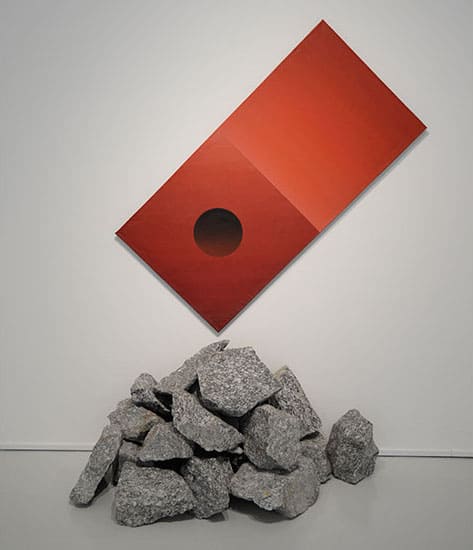
Minimalism today
While the 1960s and early 1970s were considered the heyday of minimalism, the groundbreaking genre lives on in a number of ways. Art critic Robert Pincus-Witten coined the term ‘Post-Minimalism’ in 1971 to refer to the artists who rejected minimalism’s formal approach for more flexible forms (think performance, conceptual, and even land art) to reflect on their artistic process and personal concerns.
Contemporary artists like Tatsuo Miyajima, Ai Wei Wei and Sopheap Pich, whose works possess varying degrees of abstraction and consist of modular units, continue Minimalism’s legacy. One of Pich’s notable works is Cargo (2018), which takes the form of a shipping container to reflect how shipping goods and intellectual ideas move across the world. What stands it apart from typical shipping containers is how its grid-like bamboo and rattan form allows viewers to look through it and for light to shine through.
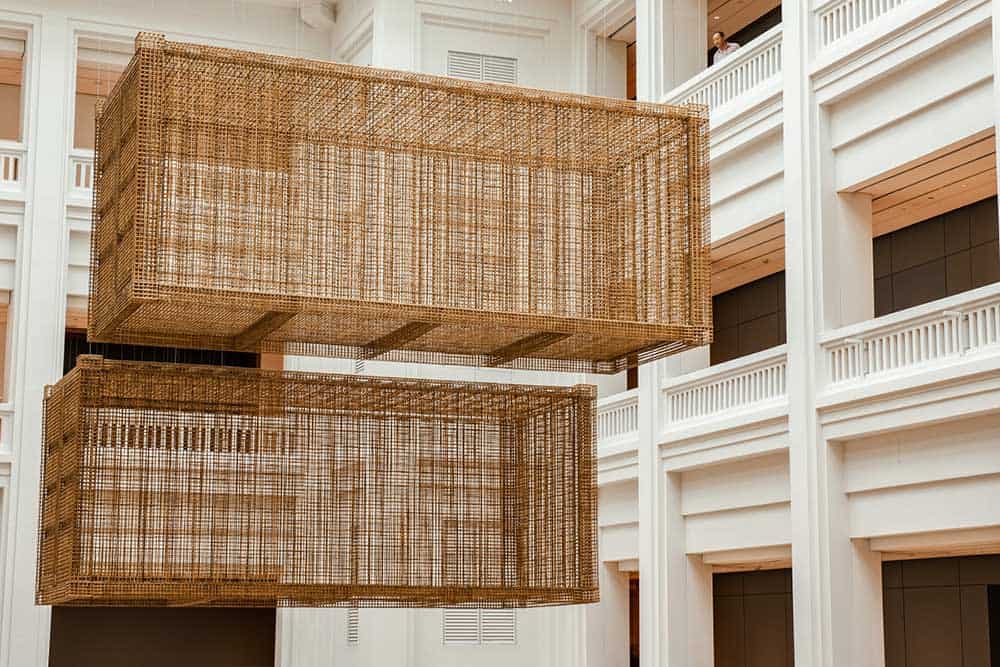
Closer to home, we have Singaporean practitioners such as Genevieve Chua, Daniel Chong, and Faris Nakamura. Chua’s simple, monochromatic works have a hard-edge quality, owing to her use of bold, abstract shapes that suggest tension within the canvas. On the other hand, Nakamura’s enamel and wood sculptures consist of modular shapes that suggest Singapore’s architecture, encouraging viewers to consider both the sculpture’s presence and the places it may draw attention to.
Many more facets of minimalism and post-minimalism continue to be studied today. Museums chart new ways we might think about the genre’s international connections and cultural exchanges, while scholars strive to highlight female and non-European minimalist artists who might have gone unnoticed by the Western canon — proving that the genre and its legacies have countless new links worth exploring today.
________________________________
Letter ‘M’ illustration by Nadra Ahmad
